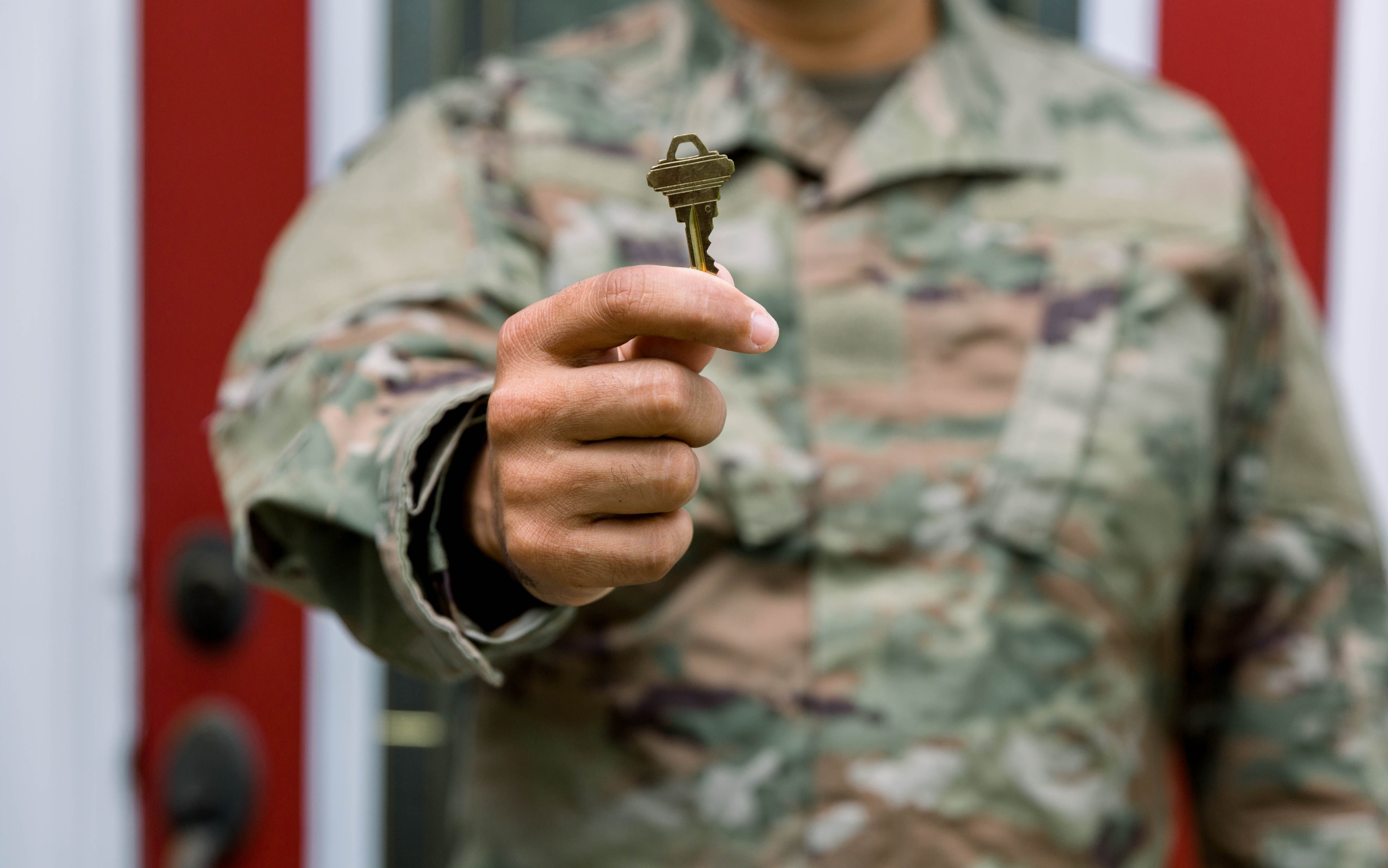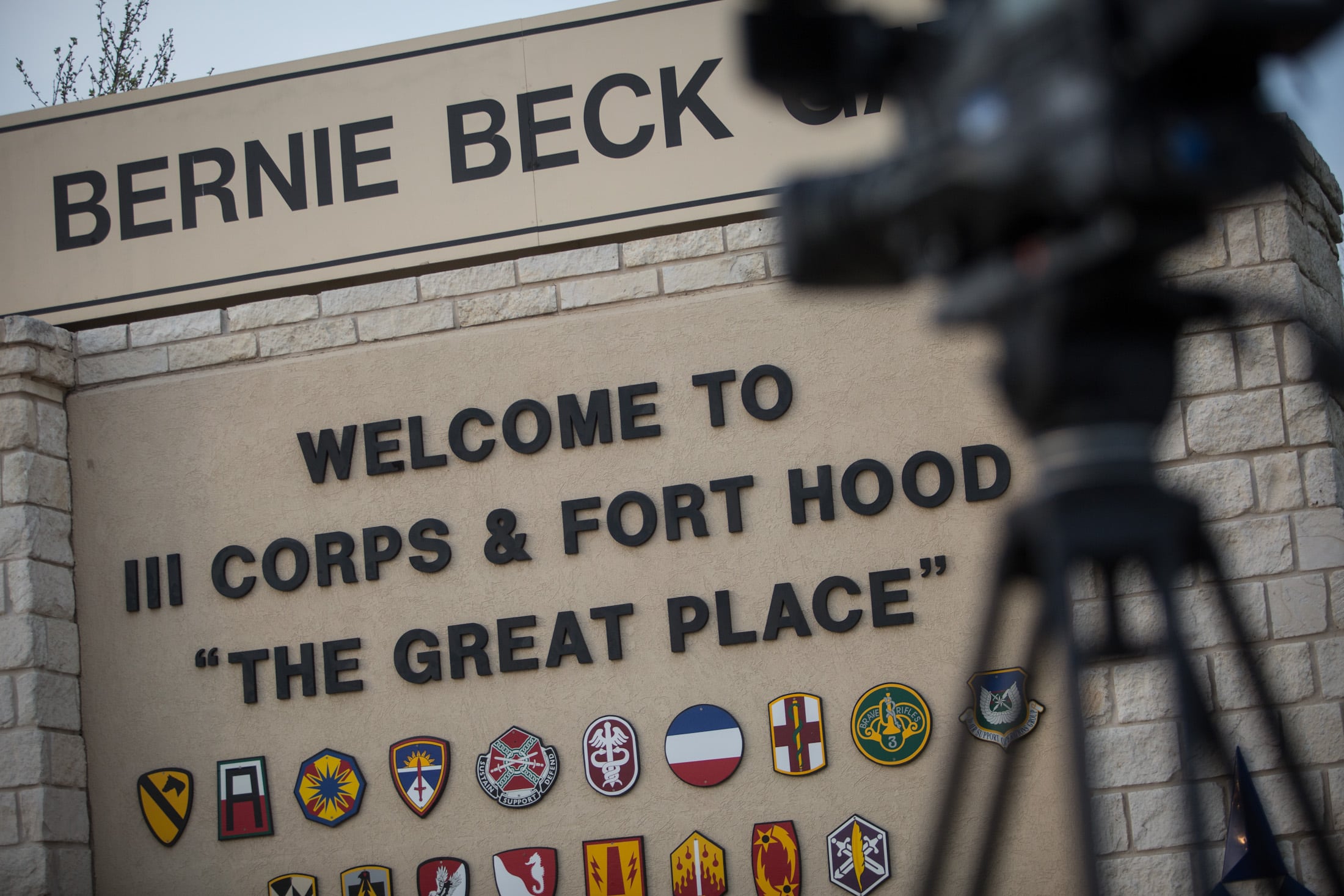Sailors need to get smart — faster.
That's the message from the service's top officer, who is ordering the Navy to doubleing down on computer-assistedbasedassisted training and to adding more virtual reality as well as live instructors in an effort to speed training and get sailors to the fleet faster, the service’s top officer said Thursday.
Advances in technology will allow new sailors to get a broader range of simulated training and be, making them more prepared when they get to the waterfront, said Chief of Naval Operations Adm. John Richardson, chief of naval operations.
"Some of these virtual environments, mixed realities, it's a different world using these kinds of techniques," Richardson said at a Thursday all hands call at Naval Base San Diego. "And if you do that combined with instructors, you can get a pretty highly trained sailor out of those schools that has seen casualties and maintenance procedures that are very hard to simulate because we just couldn't run through the sets and reps with the full system."
The computer training heading to the fleet will be more immersive and engaging than computer-based training in the past, he said.
"We don't want to repeat the mistakes of the past where a highly trained, engaging instructor is replaced by a PowerPoint brief," Richardson said. "Then [the sailor] gets to the fleet and doesn't know how to start up a diesel engine, or whatever it may be."
The Navy is already using extensive simulation in some areas of training. The Littoral combat ship crews, for example, are training in a state-of-the art facility in San Diego, where sailors train on a simulated LCS to learn to drive, fight and fix the ship.
Speeding up training isn’t just a gift from the good-idea fairy — it's a crucial step to downsizing the force, as officials proposed in recent weeks , however, it’s a requirement if the Navy wants to achieve its planned downsizingend strength cuts. The brassNavy is banking on saving thousands of billets by paring back on the number of jobs occupied by sailors in lengthy schools or awaiting training.
Officials, including CNO, have repeatedly said the planned drop from 329,200 sailors to end strength to 3232,900 will not impact gains made in fleet manning and won’t require force-out boards to meet the goal by Octoberthe end of 2017. Much of that depends on getting the new training pipeline startedonline quickly.
David B. Larter was the naval warfare reporter for Defense News.




